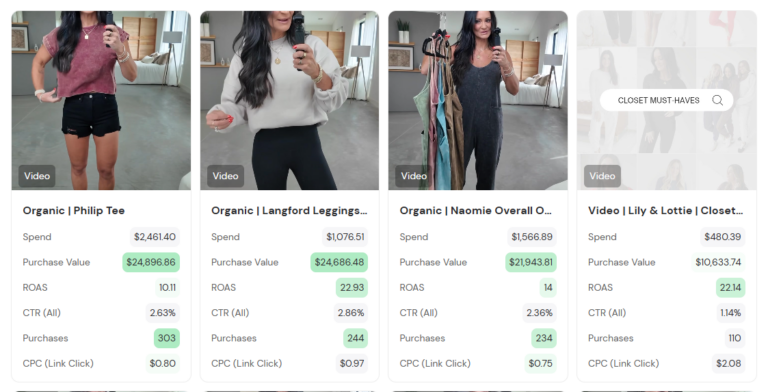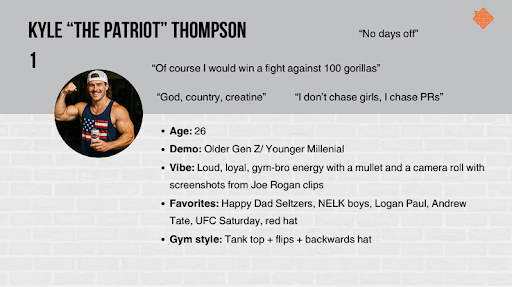Meta’s Ads Manager now includes a new setting: Incremental Attribution. This option shows you conversion lift, basically, what sales wouldn’t have happened if your ads weren’t running. It works through holdout testing across geo-targeted areas, helping Meta figure out what’s actually incremental versus what would’ve happened anyway.
What Is Incremental Attribution?
Most attribution models hand credit to any conversion after someone clicks or views an ad, even if your ad didn’t really drive that action. Incremental attribution flips that logic. Instead of just logging every conversion that happens after exposure, it focuses only on the ones that wouldn’t have happened without your ad.
It does this through holdout testing. Meta sets aside control groups that don’t see your ads and compares their behavior to groups that do. From there, it calculates the actual lift your ads are driving, just real results, no fluff.
What Meta Claims Will Happen:
- More Accurate ROAS + POAS: Get a clearer view of which campaigns are actually moving the needle on revenue and profit.
- Better Budget Allocation: Shift spend away from campaigns that aren’t driving true lift.
- Cleaner Attribution: Stop over-crediting campaigns for conversions that were going to happen anyway.
- Causal Reporting: Understand the real effect of your ads instead of relying on outdated click/view windows.
- Simplified Testing: No more manual lift tests, Meta automates everything inside Ads Manager.
How Does It Compare to 7-Day Click / 1-Day View?
Incremental attribution works very differently from the attribution models most advertisers are used to. Traditional models like 7-day click or 1-day view rely on rules, not actual lift, to decide what gets credit.
With 7-day click / 1-day view, almost any interaction can count toward a conversion. Incremental attribution is stricter. It only logs conversions that wouldn’t have happened without the ad, which can change how performance looks across the board.
Key Differences:
- Conversion Credit:
- 7-Day Click / 1-Day View: Credits any conversion that happens within the window after a user sees or clicks an ad.
- Incremental Attribution: Credits only conversions that wouldn’t have happened without the ad.
- Traffic Volume:
- 7-Day Click / 1-Day View: Typically higher volume because it counts everything within the window.
- Incremental Attribution: Lower volume since it filters out anything Meta believes would’ve happened anyway.
- CPC and CTR Impact:
- Data Clarity:
- 7-Day Click / 1-Day View: Can inflate performance by crediting actions that aren’t directly caused by ads.
- Incremental Attribution: Aims for transparency by removing that noise and showing only real impact.
This is why performance may look worse on paper when using incremental attribution, it’s just more honest. But that honesty can help you make smarter, more strategic decisions.
The Good
We’ve seen some promising signs while testing incremental attribution. While it isn’t perfect yet, there are a few strong points worth paying attention to.
- Higher New Customer Volume: Incremental campaigns brought in more first-time buyers compared to standard ones, which adds long-term value.
- Cleaner Attribution Data: This method only counts conversions that wouldn’t happen without ads, giving you a more honest read on performance.
- Meta Is All In: Though it’s still early, Meta is already improving the feature, and cost caps are almost ready, which could unlock much better performance.
So while it’s still early days, these wins show there’s something here, especially if new customer growth is a top priority.
The Bad
It’s not all upside, some real drawbacks come with testing this setting right now. These issues can make it hard to scale or trust the results completely.
- Higher Traffic Costs: CPCs are significantly more expensive, and lower CTRs mean you’re paying more to get fewer clicks.
- Weak Conversion Data: Some tests showed lower conversion rates, and even when they improved, the volume was too small to trust the results.
- Missing Key Controls: You still can’t use cost caps, which makes managing efficiency difficult and limits your ability to scale.
Bottom line: the potential is there, but you’ll need to be okay with spending more to test it properly, and deal with a few missing features.
Should You Use It?
This setting won’t be right for everyone, at least not yet. Depending on your goals and budget, it could be either a smart move or a waste of spend.
Who should try it:
- New Customer Acquisition Focused Businesses: If your main goal is driving new users into your funnel, this setting might show stronger results than standard attribution tools.
- Flexible Budget Advertisers: If you can afford to test higher CPCs in return for more transparent data, you’ll likely get value from running a few trial campaigns.
- Experiment-Friendly Marketing Teams: If you’re open to testing newer features and can wait for Meta to release cost cap functionality, this is a strong area to explore.
Who should wait:
- CPA-Focused Advertisers: If your performance hinges on keeping costs low, the current high traffic costs here might outweigh the benefits.
- Retargeting-Heavy Strategies: These campaigns often rely on users already deep in the funnel, and this attribution model may not add much value in those cases.
- Scale-First Paid Media Teams: Without cost caps, scaling these campaigns without overspending is nearly impossible, so waiting may be smarter.
Whether you jump in now or wait for cost caps to go live, make sure your goals line up with what this setting can actually deliver.
Incremental Attribution shows potential for cleaner insights and smarter spend. Yet right now it’s expensive, harder to scale, and missing key controls. Meta is improving fast, but it’s still early. Interested in how it might fit your setup? Let’s schedule a call and talk through your options.






no replies